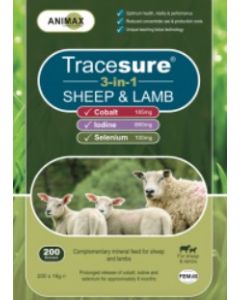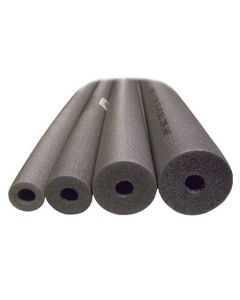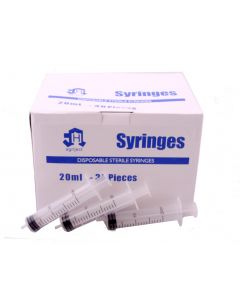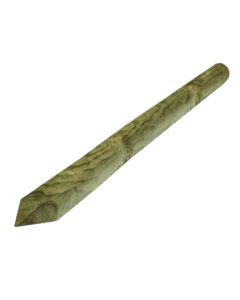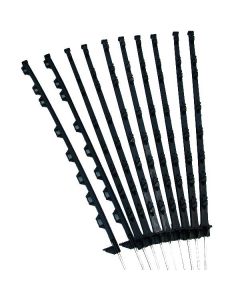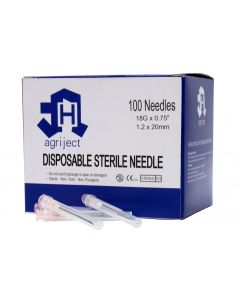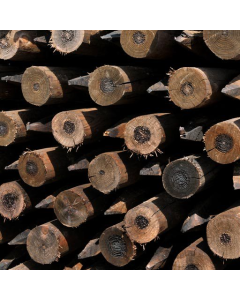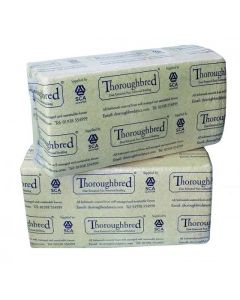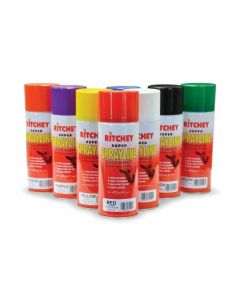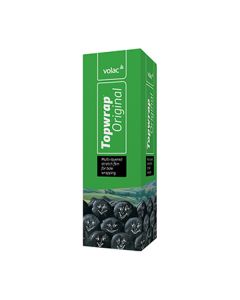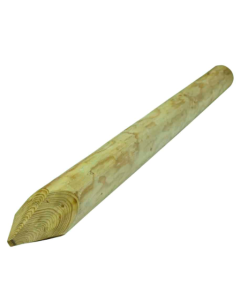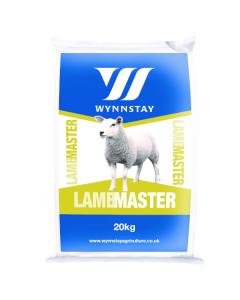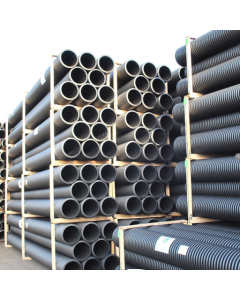Rearing chickens can be a rewarding experience when fresh, free-range eggs are on the table in the morning. However, maintaining a pest-free home for our feathered friends is an ongoing challenge for all of us. To create a healthy environment for chickens, we need to ensure that pests are kept out of the coop. It can be a challenge to nurse chickens back to health after a pest invasion so ensuring you know how to tackle pest problems before they occur can significantly help. But what are the signs that a pest is lurking in your chicken coop?
Preventing predators from entering the chicken coop
Predators of chickens can have the deadliest and most devastating consequences for your flock if they get into the coop. Animals such as domestic cats and dogs, foxes, minks, birds of prey and even rats are among the most common predators that can severely injure or kill chickens if they get into the coop.
The best way to prevent predators from entering the chicken coop is to secure the coop.
- Attaching wire mesh to a wooden or metal frame is the most important safety measure when building your coop. The holes in the chicken wire should be no larger than 1 x 1 inch to prevent predators from squeezing through the holes. If your current wire has larger holes than the recommended size, reinforce it with a smaller mesh to prevent rodents from getting in.
- If you build your coop on a concrete surface or a wooden floor, you can discourage predators from digging under the coop and getting to the chickens. An alternative to concrete is to bury wire mesh or wood under the coop, but this must be done at least one foot deep to increase security.
- Ensure that doors are secure and properly locked so that predators cannot break the locks. All doors such as those to nesting boxes, that can be accessed from outside the coop must be locked so that predators do not have easy access.
- To reduce the presence of rodents such as mice and rats, ensure that pelleted food or scratch is removed at night, as this is the peak activity time for rodents.
Prevention of ticks, mites and lice
Poultry ticks and mites are very similar, as they hide in crevices during the day and feed on the chicken's blood at night. Ticks are difficult to spot under the chickens feathers, but signs such as restlessness when roosting or reluctance to enter the coop may indicate the presence of ticks. Lice and mites, on the other hand, can be spotted on closer inspection when they crawl around on the chickens and in the coop at night.
- If you discover ticks in the crevices of your coop, scrape out all breeding sites with a knife. You can then hose down the coop thoroughly and allow it to dry, filling any crevices with a caulk to close off any possible hiding places.
- If lice and mites are present, the hutch must be thoroughly hosed down and scrubbed with a 3:1 solution of water and bleach. Scrub all crevices to ensure that the infested predators are eradicated. After scrubbing, a diatomaceous earth product such as the Nettex Total Hygiene powder can be dusted in the coop and on the chickens.
Tackling flies in the chicken coop
The most common fly to invade your chicken coop is the house and stable fly, as they are attracted to fresh faeces. They become a nuisance to chickens that are missing feathers or have sores due to bullying. In addition, the flies may lay eggs on the chicken's vents if they have diarrhoea.
- Regular cleaning of the coop and replenishing with fresh bedding will reduce the likelihood of fly invasion.
- Watch your chickens closely to see if anything has changed in their health. If chickens are being pecked at, treat the area before the flies can reach them and cause further damage. If there are signs of diarrhoea in the flock, early treatment can quickly reduce the likelihood of the flies laying eggs.
- Treating damp areas will discourage flies from breeding in these areas of the coop and placing fly traps nearby will aid this process.
No matter where you place your chicken coop, there will always be a pest that will try and get at your chicken or their eggs. Ensuring you have secured your hutch and created a safe area for the chickens to live will significantly help your flock. Providing a suitable and enriched environment for your chickens will encourage a healthy flock and reduce the risk of predators injuring or causing problems within your chicken coop.



